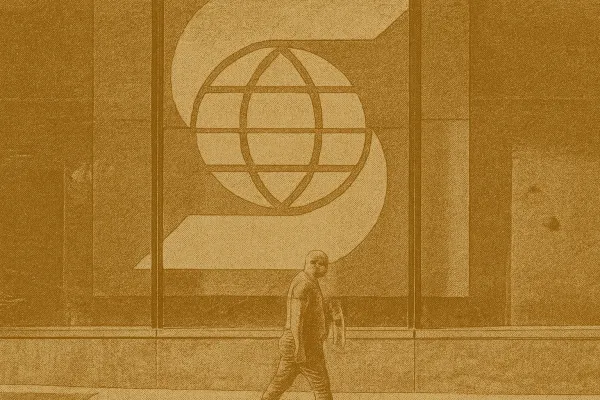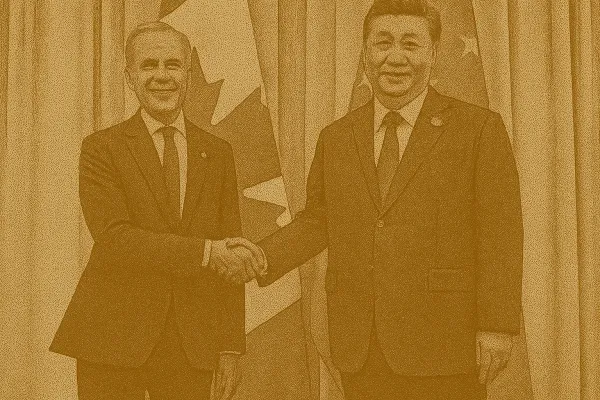Based on coverage from Financial Post and CTV.
The Bank of Canada has once again lowered its interest rate, marking the second consecutive cut, bringing the overnight rate to 2.25%. This move, led by Governor Tiff Macklem, comes amidst ongoing economic challenges, notably the persistent impact of U.S. tariffs. While the rate cut aims to support the economy, the central bank has signaled that further easing might not be on the horizon, provided the economy aligns with their forecasts.
Support The Canada Report and help keep it ad-free and independent — click here before you shop online . We may receive a small commission if you make a purchase. Your support means a lot — thank you.
Impact of U.S. Tariffs on Canadian Economy
The trade conflict with the U.S. has been a significant factor in the Bank of Canada's recent decisions. Governor Macklem described the situation as a "structural transition" that has weakened Canada's economic prospects. The tariffs have not only increased costs for Canadian businesses but have also contributed to a rise in inflationary pressures. Despite these challenges, the central bank remains committed to maintaining inflation close to its 2% target.
The economic outlook is less rosy than earlier in the year, with the bank downgrading its growth projections. The Canadian economy is expected to be 1.5% smaller by the end of 2026 compared to previous forecasts. The ongoing trade tensions have led to reduced GDP, a drop in exports, and a rise in unemployment. Steel and aluminum exports, in particular, have seen significant declines.
Future Economic Projections and Policy Stance
Looking ahead, the Bank of Canada anticipates that the economy will continue to face headwinds from trade uncertainties. The central bank's latest projections suggest that GDP growth will average around 1.4% over 2026 and 2027, a downgrade from earlier expectations. Export growth is expected to resume in 2026, driven by foreign demand, but at a slower pace than before.
Despite the current challenges, the bank is cautious about further rate cuts. The overnight rate is now at the lower end of the neutral rate range, where borrowing costs neither stimulate nor restrict growth. However, the bank has indicated that it is prepared to respond if economic conditions change.
Related: Canada on Recession Alert as Economic Uncertainty Grows, Poloz Warns
Upcoming Federal Budget and Economic Measures
In the coming week, Prime Minister Mark Carney's government is set to unveil its first budget. This budget is expected to include significant investments in infrastructure and other major projects to stimulate growth. The Bank of Canada has factored in pre-budget announcements, including a notable increase in defense spending, into its economic projections.
As the central bank navigates these turbulent times, it remains focused on balancing the risks between inflation and growth. The path forward is fraught with uncertainty, but the bank is committed to supporting the Canadian economy through this period of adjustment. With the next rate decision scheduled for December 10, all eyes will be on how the economic landscape evolves in the coming months.








